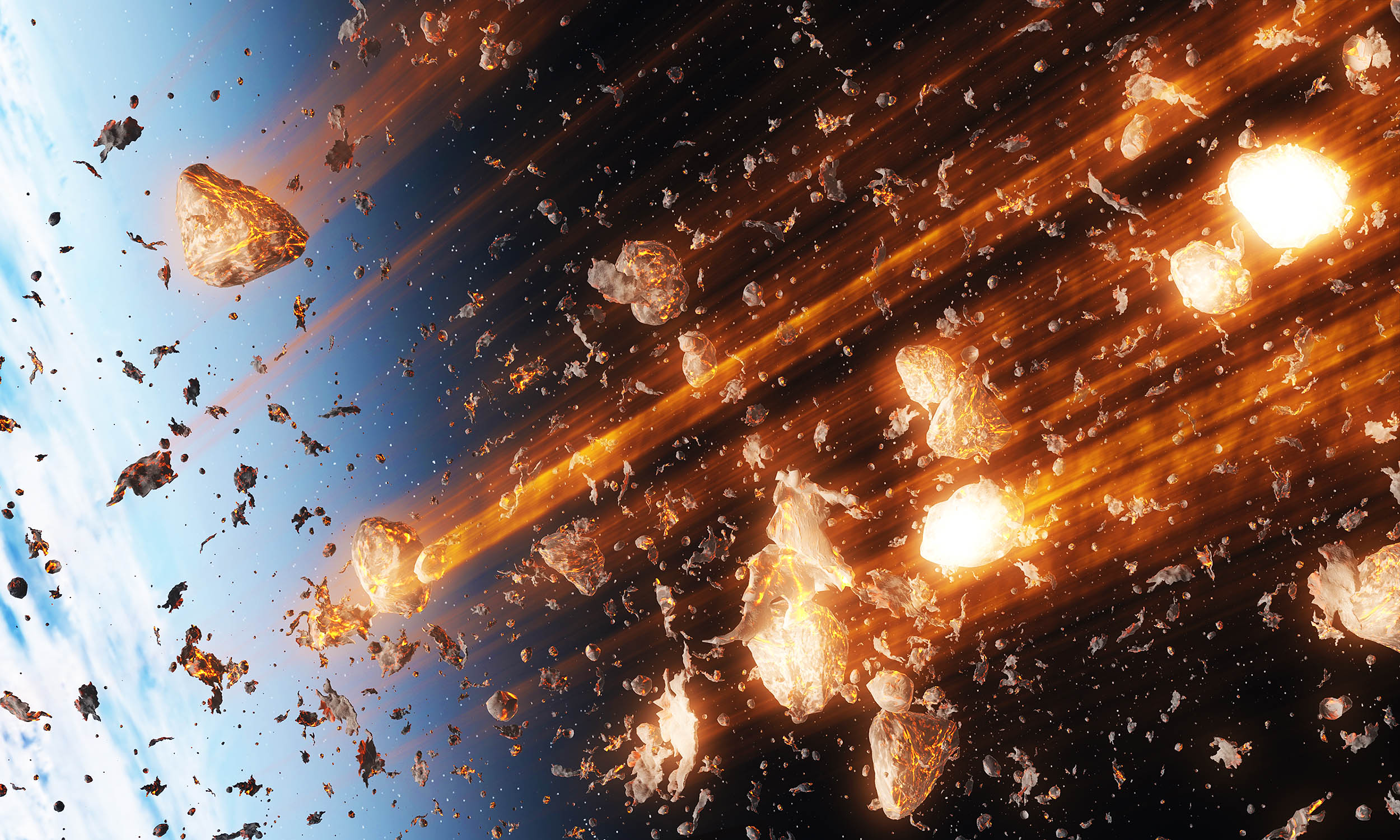This month, a remarkable celestial event is underway, presenting a sight that is far from typical. On the night of July 30th, we will all be in for a treat, as not one, but two annual meteor showers will light up the night sky at the same time.
The Delta Aquarids and Alpha Capricornids peak, offering a mesmerizing display of shooting stars.
This rare event will give stargazers a unique opportunity. They will witness an impressive number of meteors shooting through the sky. It will make the night unforgettable.
To enjoy the event, make sure you find a dark spot away from the city lights. This will help you fully appreciate the natural spectacle.
Mysteries of meteor showers
The starry event will be mainly in the southern sky. It will be a spectacular sight for people in the southern hemisphere. People in the southern latitudes of the northern hemisphere can also enjoy it.
However, it can be tricky to distinguish which shooting star belongs to which constellation. These meteors will radiate from different celestial bodies, such as Orion, Perseus and Gemini, creating a fascinating and mesmerizing mix of lights in the sky.
Each shooting star streaks across the night sky, adding its own unique sparkle to the cosmic display, leaving observers in awe of the grandeur of the universe.
Understanding Meteors
First, let’s clarify some terminology. Meteors, meteoroids, and meteorites are often used interchangeably. While each word refers to the same thing, they denote different stages in the space rock’s journey.
Meteoroids are small rocks of metal that zoom through space at incredible speeds. When they enter Earth’s atmosphere, they are usually traveling between 25,000 and 160,000 miles per hour (40,000 and 260,000 kilometers per hour).
When meteoroids enter the Earth’s atmosphere, we call them meteors. Their high speed causes the friction that makes them glow and produce the bright streaks across the sky that we know as “shooting stars.”
If a piece of this space rock eventually reaches the Earth’s surface, we call it a meteorite.
How meteor showers are formed
Meteors and meteorites originate in our solar system and usually begin their journey in the asteroid belt between Mars and Jupiter.
Some also come from comets. When comets come close to the sun, they shed material, which can cause meteor showers if the Earth crosses their path.
Shapes and sizes
Meteors and meteorites differ in size and composition.
- Stony meteorites: Usually made from silicate minerals
- Iron meteorites: Consists mainly of iron and nickel
- Stony-iron meteorites: A mixture of both silicate and iron
Meteoroids can range in size from tiny dust particles to huge boulders. Most meteors visible from Earth are relatively small, usually weighing less than a few pounds.
Stars of the show
The starry night begins with the unprecedented Southern Delta Aquariid meteor shower. The Aquariids, the larger of the two showers, are seen as remnants of comet 96P Machholz.
The spectacle this produces is truly astonishing: at the peak of the swarm, you can see up to 25 shooting stars every hour, provided the sky is clear.
For the best view, look toward the southeast of the sky, where the constellation Aquarius is located.
However, you should be aware that spotting Aquarius can be quite a challenge. Even after extensive guides and years of star charts, many still find it difficult.
Look for the constellations Capricorn, Aquila or Pisces. They surround Aquarius and are easier to spot. Once you find them, you know you are looking in the right direction.
The night is getting better and better
There is more to come. The Alpha Capricornids shower will share the celestial stage on the same night.
Next to Aquarius is Capricorn, the constellation where the Capricorn meteor shower comes from.
This enchanting star swarm adds five more shooting stars to the celestial spectacle every hour, so there is something new to see every two minutes.
The rhythmic spectacle, with bright streaks of light shining across the night sky, can capture the attention of even young children and spark their interest in astronomy.
It is a magical experience that offers a perfect opportunity for stargazing enthusiasts and families to come together and admire the wonders of the universe.
Tips for viewing meteor showers
To ensure you get the most out of this extraordinary double meteor shower, preparation is essential.
First, find a location away from bright lights in urban areas. Ideally, rural areas or parks with dark skies.
Give your eyes plenty of time to adjust to the darkness – about 20 to 30 minutes should be enough – as this will greatly improve your ability to see fainter meteors.
Bring a lounge chair or blanket so you can sit back comfortably and take in the whole sky without having to strain.
Binoculars are not necessary for meteor showers; in fact, they may limit your view.
A red flashlight can be useful for viewing star charts without affecting your night vision. And don’t forget to bring some light snacks and a hot drink to keep you warm while you wait.
Following these simple steps will transform your stargazing experience from good to unforgettable.
When and where to watch
Timing is crucial when it comes to observing meteor showers in their full glory. The peak of meteor activity usually occurs in the hours before sunrise, when the sky is darkest and viewing conditions are optimal.
Consult astronomical calendars for the exact dates of the shower and try to plan a stargazing session during the new moon phase to minimize light interference from the moon.
High altitude locations, without air pollution, offer the best views.
Armed with this knowledge, you can expect a truly breathtaking encounter with the cosmos and not miss nature’s spectacular light show.
—–
Like what you read? Subscribe to our newsletter for engaging articles, exclusive content and the latest updates.
Check us out on EarthSnap, a free app from Eric Ralls and Earth.com.
—–
